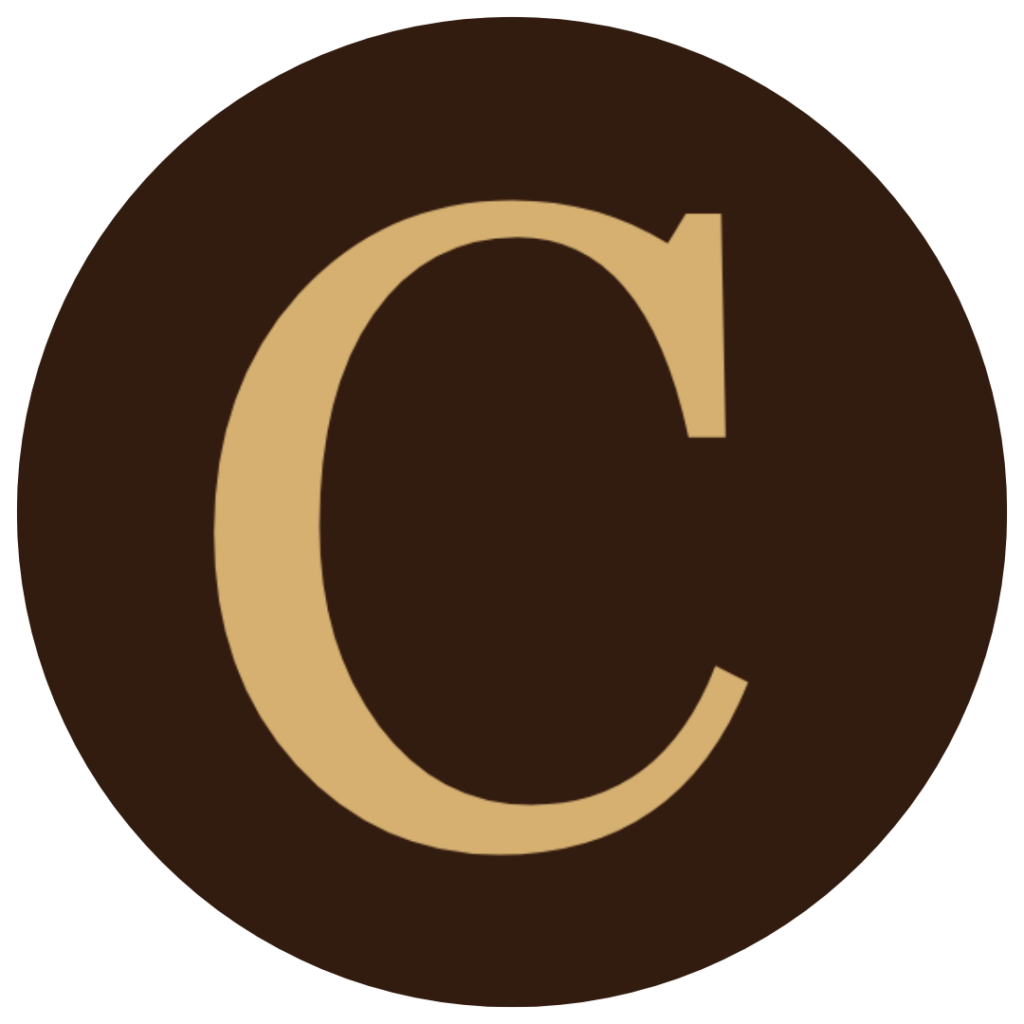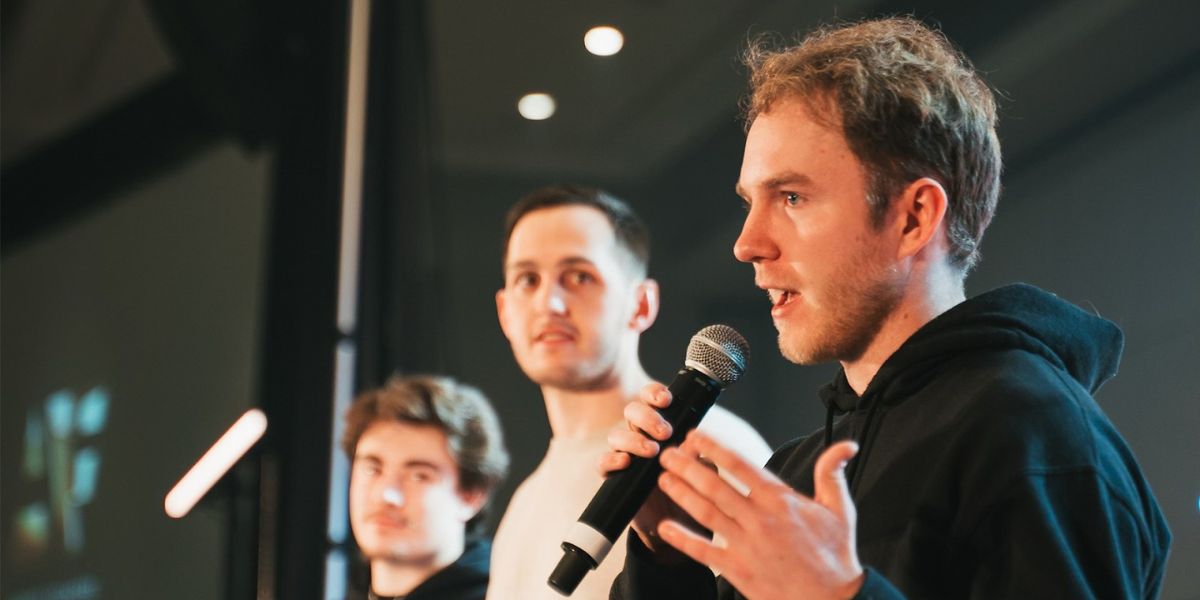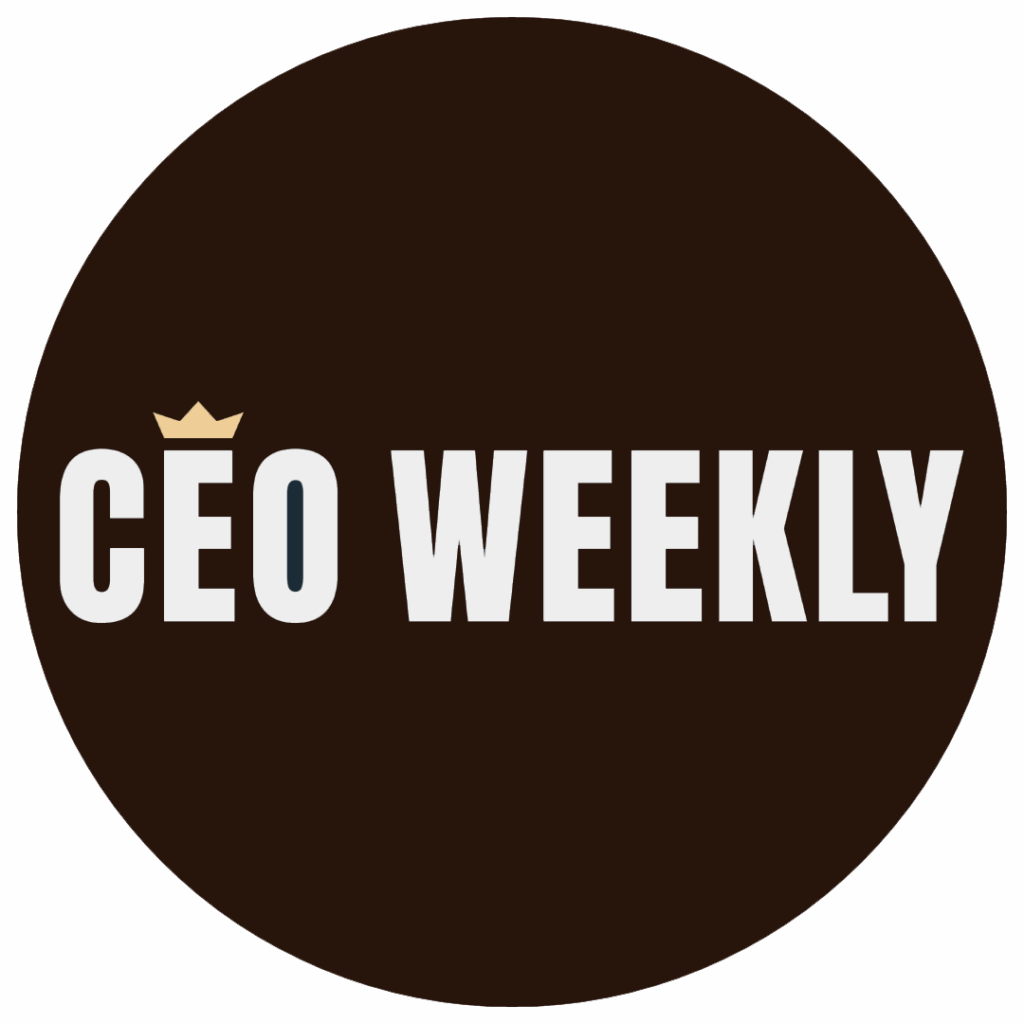By: Lauren Brooks
Escape The Owner Trap: How David Martin Turns Businesses Into Scalable, Sellable Assets
They called it “The Musician’s Gambit.”
In the basement of his parents’ home in Portland, David Martin and his wife launched a modest music school while juggling the demands of raising two young children. With no formal business training beyond his music education, Martin couldn’t have predicted this humble beginning would evolve into his entrepreneurial philosophy—one now influencing how founders approach business scalability across industries.
“Most business owners build prisons instead of assets,” Martin tells me, leaning back in his chair during our conversation. His voice carries the quiet confidence of someone who’s weathered the entrepreneurial storm and emerged with valuable insights. “I know because I built one myself first.”
That “prison” was his music school before its transformation. Though outwardly successful—expanding to multiple locations with over 1,000 students—internally, it functioned like countless other small businesses: heavily reliant on its founder. Every major decision, every crisis, every opportunity required Martin’s direct involvement.
The breaking point came during what should have been a celebratory family vacation.
“I spent three hours every morning on emergency calls with staff, then tried to pretend I was present with my family the rest of the day,” he recalls. “My wife finally asked me why we’d built this ‘successful’ business that couldn’t survive without me for a single week.”
That moment sparked a complete shift in how Martin approached business—one that ultimately led to the sale of his company and his evolution into what peers now call the “Invisible Architect,” known for helping business owners build companies that function independently and create lasting value.
The Architecture of Freedom
Martin’s philosophy centers on a deceptively simple premise: the value of your business often correlates with its level of independence from the founder.
“We’ve romanticized founder-centric companies,” Martin explains. “The charismatic CEO who knows every detail and makes every decision. It makes for great magazine profiles but can lead to unsustainable business models.”
This realization led Martin to develop his core methodology—transforming owner-dependent businesses into what he calls “genuine assets.” The process begins with a thorough mapping exercise, identifying every task, decision, and role the owner currently occupies. The results typically surprise even veteran entrepreneurs.
In working with business owners across different industries, Martin began to notice a familiar pattern: they were stuck doing everything themselves. One client, the founder of a growing service business, admitted he hadn’t taken a real vacation in over three years—not because he didn’t want to, but because the business couldn’t function without him.
Martin guided him through a structured transformation process. First, they identified and documented all repeatable tasks into simple, teachable systems. Then they focused on building what Martin calls a “leadership layer”—empowering key team members to take ownership and make decisions without constant oversight. Finally, they implemented simple performance dashboards to keep the business accountable without needing the owner to micromanage.
The result wasn’t just delegation—it was a re-engineering of the business around systems and people, rather than the founder’s personal involvement.
“You can’t just hire people to do what you do,” Martin insists. “That’s where most delegation fails. You have to change how the work happens. The goal isn’t finding your clone—it’s making your current approach obsolete.”
Blind Spots That Bind Founders
Martin identifies three critical blind spots that keep otherwise successful businesses tethered to their founders: owner dependency, messy financials, and the absence of a predictable growth engine.
The first blind spot—owner dependency—is often deeply psychological. “Founders develop a hero complex,” Martin observes. “They subconsciously create emergencies only they can solve because it validates their importance.” Breaking this pattern requires both systems and mindset shifts.
The financial blind spot shows up even in businesses that seem to be doing well on the surface. “I’ve worked with owners who have solid revenue but no clear picture of what they’re actually taking home,” Martin explains. “They’re growing, but without a real financial dashboard, they’re essentially making decisions without enough information.”
Perhaps most surprising is the third blind spot—the absence of a predictable growth engine. “Most businesses grow through the founder’s personal relationships and heroic efforts,” Martin explains. “When we extract the founder from daily operations, we uncover an uncomfortable truth: many companies have no systematic way to generate new business without the founder’s direct involvement.”
This realization leads to Martin’s most radical intervention: completely redesigning how companies acquire customers.
The Convergence of Three Critical Trends
According to Martin, we’re entering what he calls “the great transition era” in business ownership, driven by three converging trends.
First comes what Martin names “The Great Ownership Transfer”—the demographic shift as Baby Boomer business owners reach retirement age without succession plans. “We’re seeing the largest transfer of business assets in history happening without adequate preparation,” Martin notes. “Millions of businesses built entirely around their founders will struggle to transition.”
The second trend—”The Rise of the Second-In-Command Business Model”—reflects a fundamental shift in how value is created. “The wealthiest people I know aren’t the visible faces of their companies,” Martin reveals. “They’re the strategic architects operating behind the scenes, systematizing and scaling businesses while someone else serves as the front-facing operator or expert.”
Finally, Martin points to a shift in valuation from audience size and attention to operational excellence. “For years, business valuation was increasingly tied to audience size and attention. That’s reversing now. Real value is flowing back to businesses that deliver consistently without heroic effort.”
These converging trends create both crisis and opportunity. For unprepared founders, they spell disaster. For those adopting Martin’s methodology, they represent unprecedented leverage.
Building Like You’ll Sell—Even If You Never Do
Martin’s fundamental advice distills to a single principle: “Build your business like you’re going to sell it—even if you never do.”
This approach drives founders to invest in systems rather than just people, train leaders rather than just employees, and track meaningful performance metrics rather than vanity numbers.
“There’s a profound difference between a ‘good business’ and a ‘great asset,'” Martin emphasizes. “A good business makes money. A great asset makes money without consuming your life.”
This distinction increasingly matters in a business landscape where burnout has become endemic among founders. A 2022 Harvard Business Review study found 72% of entrepreneurs reporting symptoms of mental health concerns, with founder burnout cited as a primary factor in 38% of business failures.
Martin’s approach offers an alternative path—one where entrepreneurial success doesn’t require perpetual sacrifice. By architecting businesses that function independently, founders can achieve both financial success and personal freedom.
As our conversation concludes, Martin offers a final insight that cuts to the heart of his philosophy: “The entrepreneur’s journey isn’t about becoming irreplaceable. It’s about creating something valuable enough to outlast you.”
For those willing to relinquish the founder-hero narrative and embrace Martin’s systematic approach, the reward isn’t just a more valuable business—it’s the reclamation of the entrepreneurial dream itself.
To explore how David Martin can help transform your business into a genuine asset, visit https://davidmartin.biz.
Published by Joseph T.









